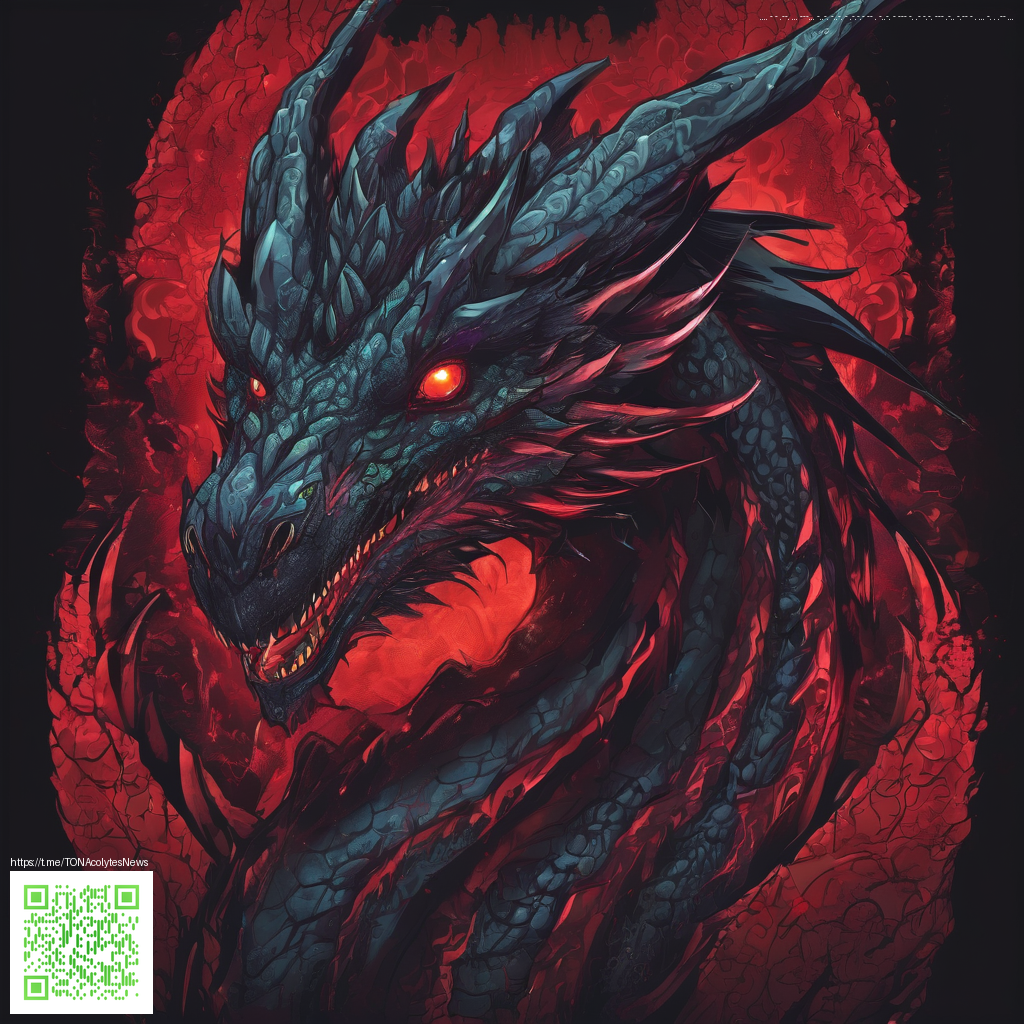
Visual Evolution Across the Dark Souls Palette
The journey of a darker world from its first reveal to contemporary remasters is a study in atmospheric craft. From the stark silhouettes and fog drenched corridors to the lush textures and refined lighting of later editions, the look has shaped how players read environmental storytelling and predict combat cues. The evolution is not just a technical story but a community driven one, where fans push the boundaries of what the game can look like while preserving its signature mood.
In the early days, hardware limits and console constraints shaped a harsher visual baseline. Textures felt coarse, lighting was flatter and distant geometry often masked intricate detail. Yet what the game did well remained legible and tense. The design language relied on contrast, volumetric fog, and blocky armor silhouettes to communicate danger even when the frame rate dipped. Players learned to interpret heat haze, ember glow, and ember shadows as part of the game's language, making each area feel alive despite its rough edges.
From rough edges to refined lighting
When the first wave of remasters arrived, a new era opened. The updated textures and reworked shaders brought depth to old stone, moss, and ember-lit hallways. Fringes of light danced across wrought iron and cathedral arches with a clarity that allowed users to notice tiny details without sacrificing atmosphere. The updated post processing and ambient occlusion added a sense of weight to every strike and step, aiding combat readability while preserving the game’s brooding tone.
Performance improvements mattered as well. A steadier frame rate meant smoother parries and more reliable reactions in tight corridors. The aesthetic remained unmistakably harsh and foreboding, but the improved lighting tools let players perceive silhouettes of enemies through smoke and dust in ways that previously required a trained eye and a lot of patience. The result is a more legible world where timing and spacing feel earned rather than guessed.
Modding culture and PC enhancements
The PC modding scene has long acted as a laboratory for visual experimentation. Patches and texture packs emerged that pushed resolution, anisotropic filtering, and shader configurations beyond what official ports offered. Fans deployed lighting tweaks and ambient occlusion configurations to heighten mood while keeping the core design intact. Even when official remasters delivered stronger visuals, modders kept the conversation going by exploring alternative color palettes, sharper textures, and more atmospheric bloom in a way that felt collaborative rather than commercial.
Community projects often reflect a shared appreciation for the game’s atmosphere. A common thread is the balance between fidelity and that signature sense of unease. Players chase improvements that sharpen details without flattening the world’s vertical ceilings and long corridors. The result is a rich tapestry of experiences where each PC build can feel like a different light source shaping the same haunted environment.
Atmosphere, accessibility, and gameplay readability
Visual evolution has shaped how players perceive hazards and opportunities during fights. Clearer textures and enhanced shading make silhouettes more readable, which can influence decisions in timing and spacing during intense encounters. At the same time the game’s designers preserve mystery by keeping certain details obscured behind fog and shadow. This duality between clarity and enigma is a core reason why the visuals stay striking across generations.
Fans often note that the strongest updates unlock a new layer of strategy without erasing the game’s core identity. A modern light setup can reveal pathways and enemy tells that were once obscured, yet the oppressive atmosphere remains deeply intact. That balance is what keeps the world feeling both familiar and newly discovered with each playthrough.
Developer insight and the artistic throughline
FromSoftware has consistently emphasized atmosphere as a driving force behind design. The visual language favors moody illumination, heavy textures, and environmental storytelling over glossy spectacle. Across iterations the focus stays on how light and shadow sculpt space, how texture communicates history, and how the player’s eye guides attention during combat. This approach helps maintain the world’s identity even as technology unlocks new possibilities.
As the community continues to experiment, the conversation around visuals remains a living chronicle. The mix of official enhancements and fan driven adaptations demonstrates how a game can mature without losing its root essence. The ongoing dialogue between developers and players ensures that the aesthetic experience stays as compelling as the gameplay itself 💠
Interested in supporting projects that push for better connectivity and a decentralized internet while exploring how games evolve. If you want to contribute, consider a donation to support independent creators and open networks.
Support a Decentralized Internet